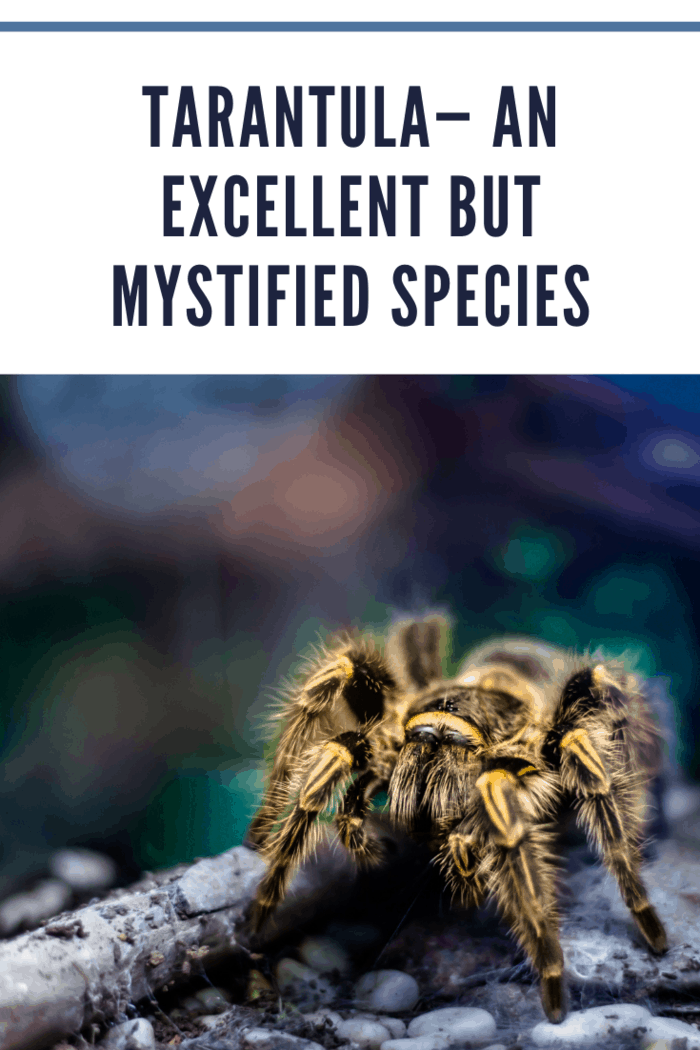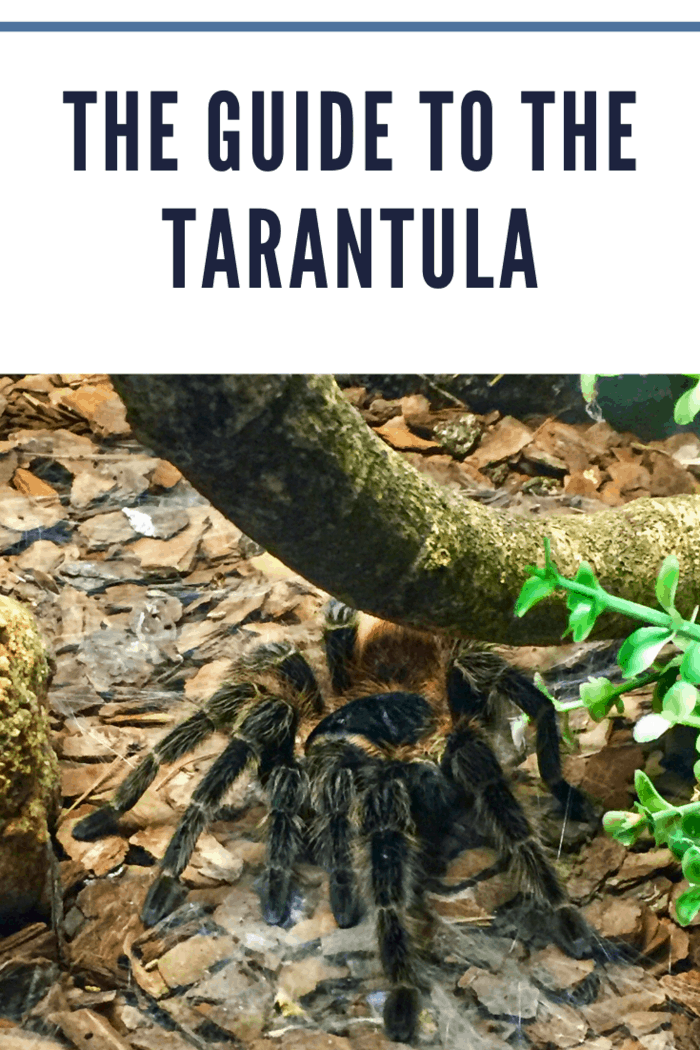They live in almost every corner of the world and are one of the most misunderstood species found on earth.
Mystery, fear, and myth go well with the name Tarantula. People had been terrified even at the mention of the name long before the sci-fi movies depicted them as monstrous animals. In reality, however, they are not as vicious and violent as myths describe them. Instead, they are an ordinary species that can be found almost all over the world. Let’s learn some interesting facts about this simple creature.

Some Fun Tarantual Facts
Let’s start with some fun facts:
- An increasing number of people are keeping tarantulas as pets.
- Spider species members have been roaming on earth for some 380 million years, more than 150 years before dinosaurs lived on earth.
- Forget about their all-destroying monstrous attack; they are the most favorite prey of Pepsis Wasp (nicknamed as tarantula hawk), who take them away, half-paralyzed, to their nests and store them inside as their newborn babies’ food.
- If they lose any of their legs, they can regrow them through multiple molting. This process is seen especially in female species. Males stop molting after they grow up.
- A tarantula, especially a female, can live up to 30 years.
A Short Introductions to Tarantula
Tarantulas are members of the spiders’ family called ‘hairy Mygalomorphae.’ Scientists have discovered with wonder that these spiders have been around for millions of years, and little change has been found in them during all this time.
Tarantulas can be found in any temperate zone with enough rain, such as the rainforests of south and Central America. They are also seen in abundance in the southern part of North America and Africa.
In the family (a taxonomic group of one or more genera, who share some common physical traits) Theraphosidae, more or less 900 species (varieties) are listed under Tarantula.
The Interesting History of the Name
According to onekindplanet.org, The name tarantula originally came from a legendary spider that was believed to live around the town of Taranto in Southern Italy. Its bite was fatal, and the only way for the victim to escape death was by dancing to exhaustion and producing prolific sweat to extract the venom from the body. Still today, there is a kind of frenzied folk dance in Italy based on that very legend and is called ‘tarantella‘ see it on youtube.
Habitat and Home
Unlike other spiders, many tarantulas live in burrows underground. They use their fangs to dig the burrow. Sometimes they occupy someone else’s burrow as their home. Some of them live in trees and make a kind of tunnel-shaped home there.
Tarantulas make webs, not for home but to protect the burrow’s interior soft and water protected.

Bites and Venom
As already said before, the reputation of tarantula is based more on legend than reality. There are few of their wide variety who have venomous bites. And none of their venoms are mortal. Most of their bites cause pains somewhat like a bee sting and the strongest of their poisons make a human sick.
Nature and Feature
The majority of tarantulas are shy and placid and try to take a quick hide whenever they encounter an intimidating figure like humans. They tend to attack only if they are teased and irritated enough.
They have eight tiny eyes that are capable of detecting the slightest movement around them. The hairs covering their body are also excellent sensors for any little vibrations.
Tarantulas got sticky brush-like ends on their legs enabling them to climb the smoothest surface.
Foods
Tarantulas are nocturnal animals prowling for prey at night. As they do not make webs for a home, they don’t capture their prey in any kind of trap. Instead, they ambush and bite their prey. Their fangs inject a special venomous chemical into the victim that works in two ways: it kills or paralyzes the victim and dissolves their tissue to become soft and easily digestible.
One interesting fact about tarantula is that their jaws snap up and down instead of side to side, more common in other spiders.
Foods vary among different genres of a tarantula. Some of them, the goliath bird eater, eat small birds. Learn more about the goliath birdeater on topflightdubia.com. Other menus may include grasshoppers, beetles, roaches, cicadas, sowbugs, crickets, caterpillars, pinky mice, and many more.
Mating and Breeding
The male tarantula tracks a female by the scent she leaves behind. After meeting there, a spectacular ritual is called ‘courtship dance.’ This is a process of obtaining the consent of the female. When she permits, they mate. Males die shortly after mating, while the females can live for as long as 25 years more to lay eggs.
The mother makes a silk cocoon and lays eggs. There can be roughly 75 to 100 eggs in a single cocoon. After the cocoon is filled with eggs, it is sealed up, and the mother starts a long maternal guard for 6 to 9 weeks. She feeds the baby tarantulas for a couple of weeks until they are fit to lurk for their prey and pounce on them.
A Beautiful Animal
Some tarantulas are beautiful in gorgeous colors and patterns. Therefore, people started to trade them. These species have already become endangered and are rarely seen anywhere. One of them, the Mexican Red-kneed tarantula, has been declared ‘protected,’ and any trade-in that species is legally prohibited. As days pass, the number of these beautiful spiders is decreasing considerably, and newer species are coming under such legal protection worldwide. Still, the trend of keeping a tarantula as a pet is getting more popular.
Nature is full of many wonderful facts that dwarf science fiction. The more you’ll know about this friendly and shy creature, the more you’ll love them.
